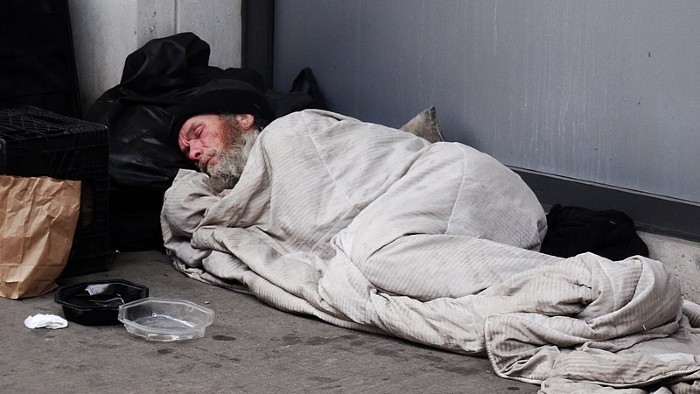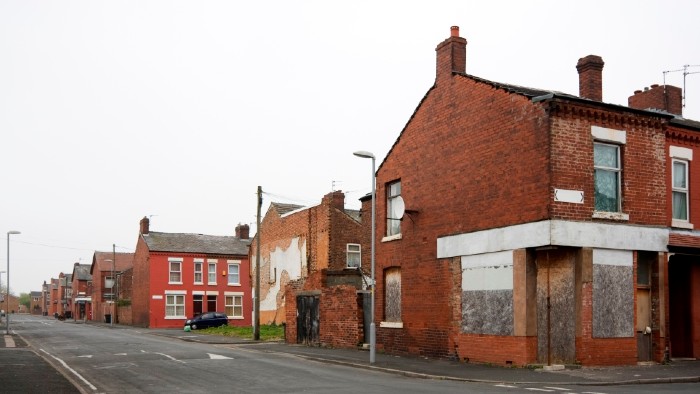Funded through a £140k grant from Oak Foundation, the two-year project aims to look at the use of anti-social behaviour powers and tools by councils across England and Wales and the impact it has on the daily lives of homeless people.
Councils have powers to put in place what is known as a public spaces protection order (PSPO) in specific areas of a town or city centre to prevent anti-social behaviour.
The research is the first project of its kind to examine how this new power is being used and the impact it is having in different areas across England and Wales.
Giving a voice to a population that is largely silent
The project will also examine the effect the use of anti-social behaviour powers may have on homeless people’s engagement with outreach services as well as public understanding and perceptions of the powers and their use in tackling homelessness.
The government has pledged to end rough sleeping by 2024 and launched its Everyone In scheme to stop rough sleeping during the first Covid-19 national lockdown. Despite this, homeless charities have warned of tens of thousands of newly homeless people, particularly young hospitality workers as a result of the pandemic.
The research is being led by Dr Vicky Heap, Reader in Criminology at Sheffield Hallam.
Dr Heap said: “Homelessness continues to be a huge concern and despite efforts to drive down rough sleeping early on in the pandemic, we have seen numbers steadily increasing again.
“This project could have significant implications for policy makers and local councils in the issue of dealing with homelessness and associated behaviours that are often perceived to be anti-social. It is vitally important from a social justice perspective that we examine the impact these powers are having on the lives of homeless people.
“It will also provide accounts of homeless people's experiences of being perceived to be anti-social and the effects these sanctions may have on an individual's sense of self and their pathways in and out of homelessness - giving a voice to a population that is largely silent.”



